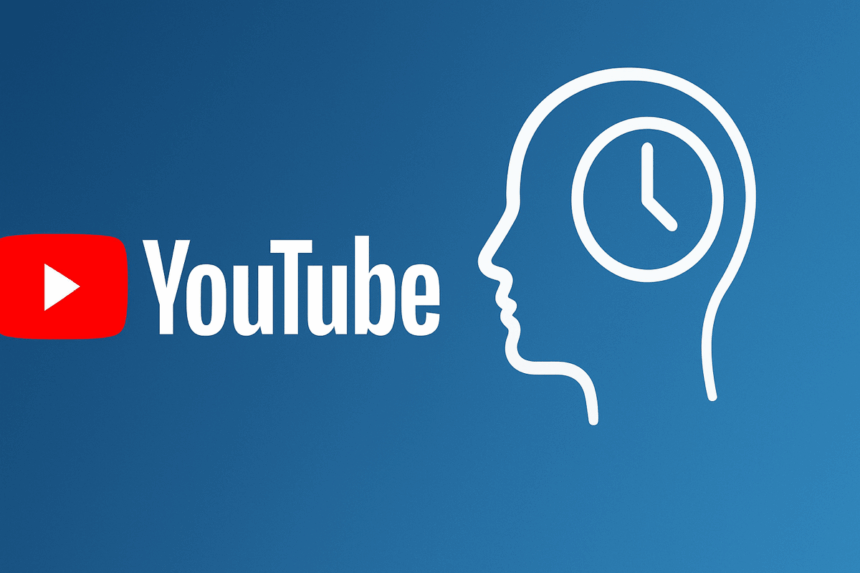YouTube Takes on Deepfakes and Doomscrolling
YouTube introduces two new features that improve how creators and viewers interact with the platform — AI-powered likeness detection and a Shorts viewing timer. Together, the updates balance creativity, authenticity, and digital wellness.
The likeness detection tool uses artificial intelligence to protect creators from unauthorised use of their faces, while the Shorts timer promotes healthier viewing habits by helping users avoid endless scrolling. These twin updates show YouTube’s growing effort to promote safety and transparency in an era where AI-generated content and addictive algorithms dominate.
What’s Happening & Why This Matters
YouTube’s AI Fights Back Against Deepfakes

The new AI likeness detection tool acts as a Content ID for faces. Instead of tracking copyrighted audio or video, it scans for unauthorised digital likenesses of registered creators.
Currently available to a limited group of creators in YouTube Studio’s Content Detection tab, the feature expands to all creators in the YouTube Partner Program soon. Creators verify their identity by submitting government ID and facial scans. Once approved, YouTube’s system tracks the platform for potential deepfake or manipulated versions of their faces.
When the tool detects a likeness match, the video appears in the creator’s dashboard. From there, the creator reviews and requests actions — copyright removal, privacy takedown, or likeness removal. They can also archive harmless clips.
YouTube says the system remains under active refinement, meaning not every altered image triggers a detection. If a deepfake slips through, creators can manually request a privacy review.
According to YouTube, the purpose is straightforward:
“To safeguard a creator’s identity and ensure their audience isn’t misled about what they endorse and what they don’t.”
The feature arrives as generative video tools such as Google Veo 3 and OpenAI Sora 2 produce ultra-realistic video content, blurring the lines between fact and fabrication.

The system also builds upon a 2023 pilot program run with Creative Artists Agency (CAA) to help actors, athletes, and public figures remove manipulated videos that misrepresented them online.
Setting up Likeness Detection takes up to five days and requires account ownership or manager-level access. Editors can flag content, but cannot initialise the setup themselves.
This new layer of creator control signals a broader push toward AI accountability, where the right to one’s digital face now stands alongside copyright protection.
The YouTube Shorts Timer Aims at Healthier Habits
On the user side, YouTube tackles another modern problem — doomscrolling. The new Shorts Timer feature introduces daily viewing limits specifically for YouTube Shorts.
Once you reach your set time, a pop-up reminder encourages you to pause. You can dismiss it and keep scrolling, but the goal remains to bring awareness to how much time you spend on short-form video content.

The feature began as an experimental build spotted by Android Authority earlier this year. TechCrunch later confirmed YouTube’s official rollout across smartphones and tablets. Full availability expands gradually.
This follows YouTube’s earlier “Take a Break” feature, launched in 2018, which lets users set reminders every 15 to 180 minutes for general app usage. The Shorts Timer builds on that concept, adding short-video specificity and visibility across mobile devices.
Upcoming updates add Shorts-specific parental controls, expected to launch next year. These controls complement digital wellness tools already in Android’s Digital Wellbeing suite and Apple’s Screen Time.
YouTube’s new timer directly challenges TikTok and Instagram, both of which already offer similar “time spent” tools. Still, YouTube’s version ties into its broader philosophy: empowering users with data-backed choice, not restriction.
Protecting Minds and Identities
By launching these two updates simultaneously, YouTube signals a clear direction — toward a safer, more balanced platform experience. One feature safeguards creators’ public images from AI manipulation, while the other protects users from digital fatigue.

The combination of likeness protection and digital mindfulness sets a new UX precedent in the social media industry. It recognises two defining challenges of the AI era: the erosion of truth and the consumption overload driven by endless short-form video.
For creators, the AI tool restores control in an ecosystem where anyone can be duplicated. For viewers, the Shorts timer restores agency in a space that often feels infinite.
Together, they pivot toward ethical AI use — not halting innovation, but by grounding it in human-centred experience.
TF Summary: What’s Next
YouTube’s new features define a blueprint for responsible AI-era engagement. Expect other platforms to follow suit with likeness monitoring and scroll-limiting tools as users demand safety and mental balance.
MY FORECAST: Creators gain autonomy. Viewers gain awareness. Platforms gain credibility. This is YouTube’s most important action toward ensuring trust in a digital space where identity, attention, and authenticity often blur.
— Text-to-Speech (TTS) provided by gspeech


